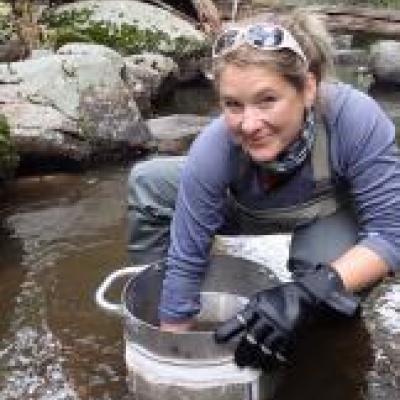Unlocking the Power of Radar for Mapping the Amazon’s Forest-Agriculture Interface
EDS Seminar Speaker Series. Naiara Pinto of NASA’s Jet Propulsion Laboratory discusses Unlocking the Power of Radar for Mapping the Amazon’s Forest-Agriculture Interface
Abstract:
Last century was marked by accelerated expansion of the Amazon’s agriculture frontier, catalyzed by government-sponsored migration, the establishment of roads, and integration with international commodity markets. The resulting land use dynamics and deforestation rates have critical impacts on social inequalities and ecosystem services. This talk will show examples of how remote sensing, in particular all-weather Synthetic Aperture Radar, can be used to resolve patterns of agricultural expansion in the Amazon. One project in Peru and Brazil integrates satellite imagery and expert knowledge to map perennial crops that are particularly challenging to identify. The mapping of food commodities such as cacao and oil palm enables deforestation attribution and the strengthening of sustainable food supply chains. I will discuss opportunities that come with the co-development of remote sensing tools with local experts in Latin America, as well as upscaling challenges related to architecture design and reproducibility.
Speaker Bio:
Naiara Pinto is an ecologist with NASA’s Jet Propulsion Laboratory in Pasadena, where she works on applications of Synthetic Aperture Radar observations. She is the science coordinator for UAVSAR, a NASA facility instrument and a testbed for space-borne SAR sensors. Naiara’s research focuses on the development and testing of algorithms to map vegetation biophysical parameters that can be integrated in ecological and land use models. These include canopy height, forest cover, and distribution of perennial crops. She’s funded by NASA’s Applied Sciences program to help advance open science and train a new generation of end users to take advantage of the “golden age of SAR”.

